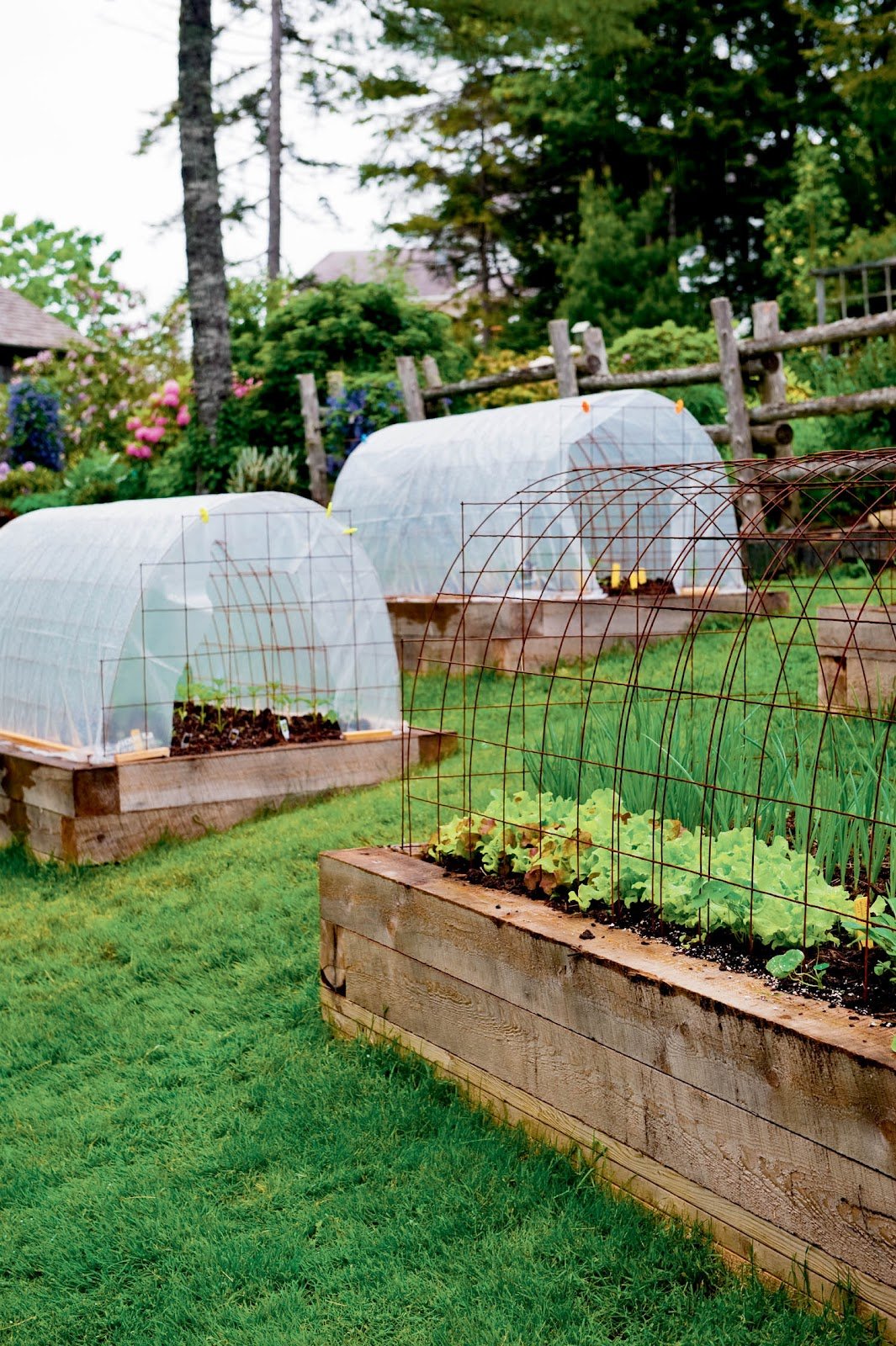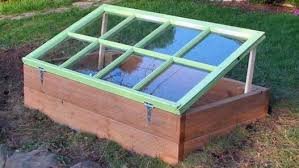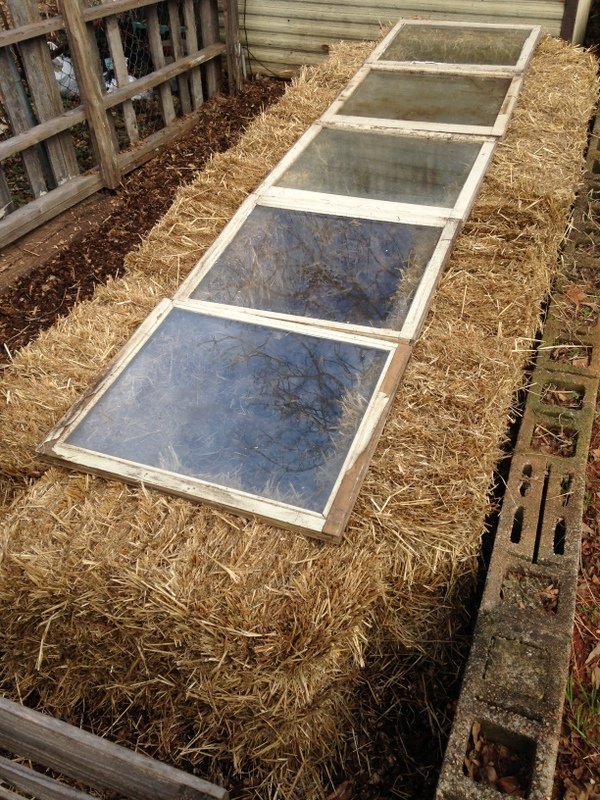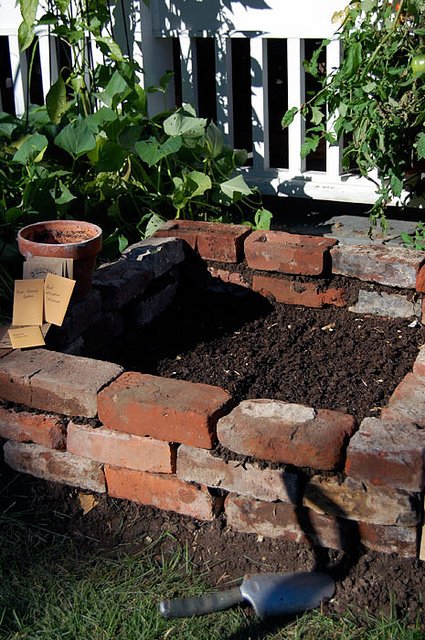This past weekend It was actually chilly enough for a jacket in the early evening and morning. This is a good indicator that fall is coming early. I started to build a few more cold frames. My approach this winter, here in Ontario Canada where it can get to -40, is to have one greenhouse with minimal heat, 2 cold frames and 1 mini hoop tunnel. This post will give you some tips and ideas to start thinking about when planting and harvesting this winter in the cooler Zones.

There are some vegetables such as carrots, parsnips, leeks and kale that are even sweeter in winter. This is because their starches turn into sugar as a natural form of anti-freeze. It is suggested that you don’t even pick your carrots until you get a couple of frosts.
Placing your cold frames and hoop tunnels against the sunniest walls around your home is the best advice for location so it will get the warmth from the sun, also the ambient heat from the exterior of the house. Depending on your zone this may not be necessary, however, as on the sunniest of days the frame can become too warm in a cold frame. Then it's essential to prop open the top with a small block of wood perhaps to allow cool air to circulate. Here are three excellent examples of cold frames from recycled materials.



The ultimate best time to plant would be by mid to late August you will have a great harvest by Winter. My successful formula is to have everything planted and established by mid-September. By planting with these dates in mind you may harvests cold hardy crops like parsnips, beets, turnips, leeks and carrots, through the fall and into December.

When selecting the seeds, you may want to consider your zone as some plants do not do well with warmer climates in the winter, for example any temperatures above 20 C is too warm for beets to germinate. They like the cooler weather.
The following are some plants that can overwinter for early spring harvest:
alliacea (garlic, leeks, onions)
herbs (thyme, oregano, sage, chives)
root vegetables (turnips, carrots, parsnips)
greens (spinach, kale)
To harvest in the winter, though, many plants started by seed must reach maturity before the cold weather settles in.
The following are plants for late-fall/winter harvest:
brassicas (broccoli, rapini, Brussels sprouts, cabbages, kohl rabi)
root vegetables (turnips, rutabaga, carrots, beets, radishes, parsnips, Jerusalem artichokes)
greens (kale, bok choy, collards, swiss chard, spinach, arugula)
You should not need to water cold frames, mini hoop tunnels or mulched crops in the winter. Depending on the year, you can usually stops watering by late November, but it would not hurt to open your cold frames completely during mid and late autumn rainstorms. You don’t need to water during the winter months, because plants aren’t actively growing and are not transpiring and therefore, are not drying out. Also consider this, a closed cold frame retains moisture. This will naturally recycle it back into the soil like a mini ecosystem.
Sources:
http://www.cbc.ca/news/harvesting-in-the-winter-is-possible-with-a-little-preparation-1.819266
http://yearroundveggiegardener.blogspot.ca/2012/02/mini-hoop-tunnels-in-summer.html
http://www.gardenaction.co.uk/greenhouse/cold-frames.asp
http://www.theganjier.com/2015/07/28/8-questions-to-consider-when-buying-greenhouse-plastic/
